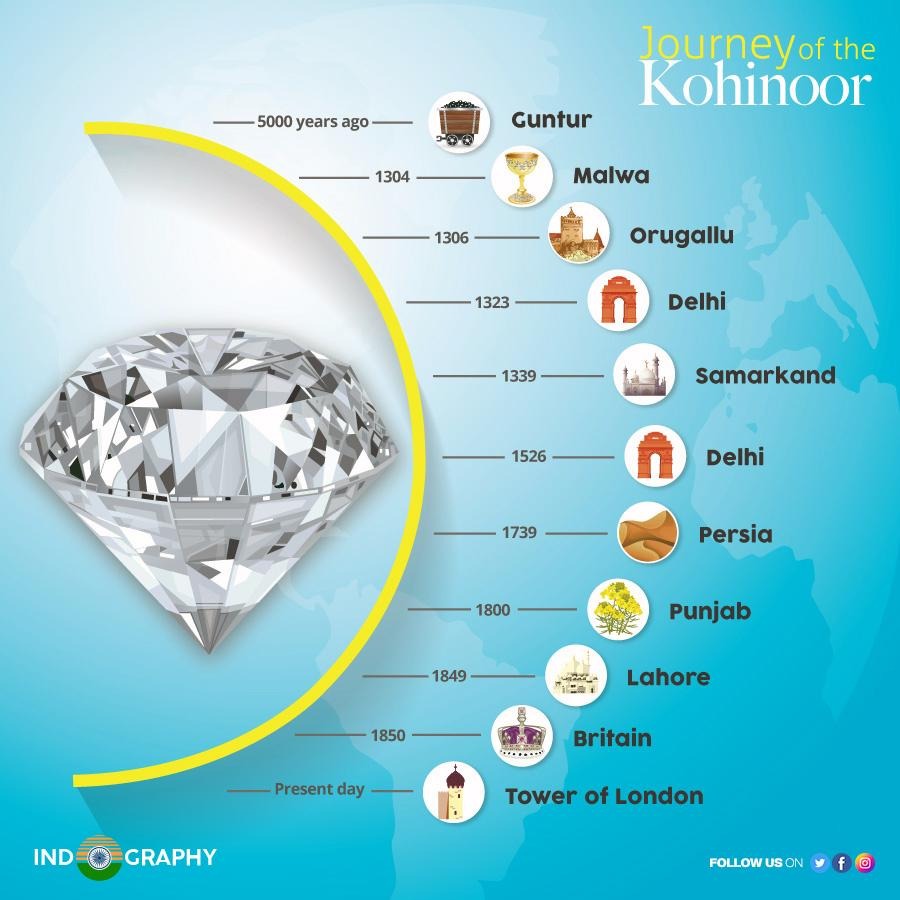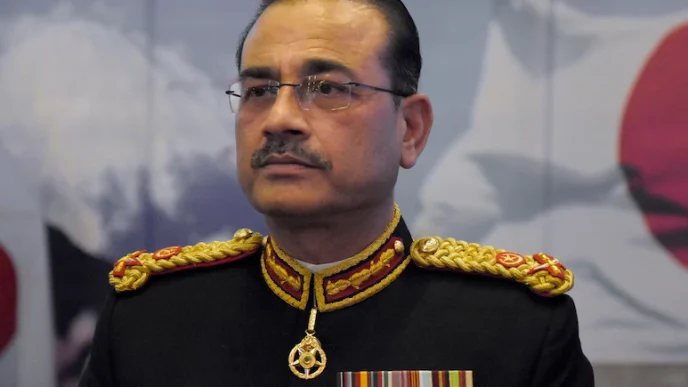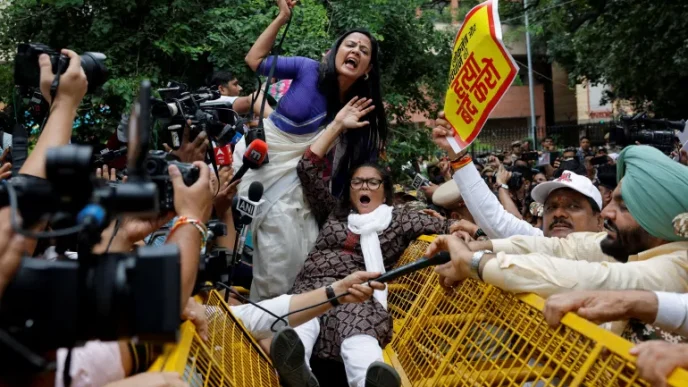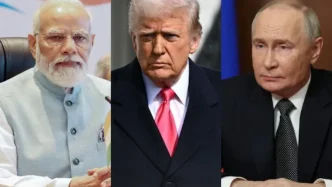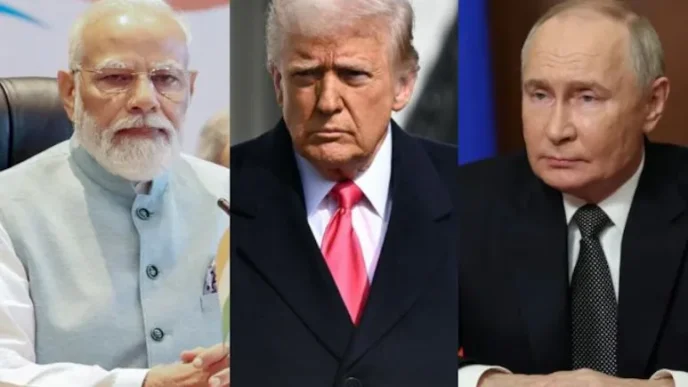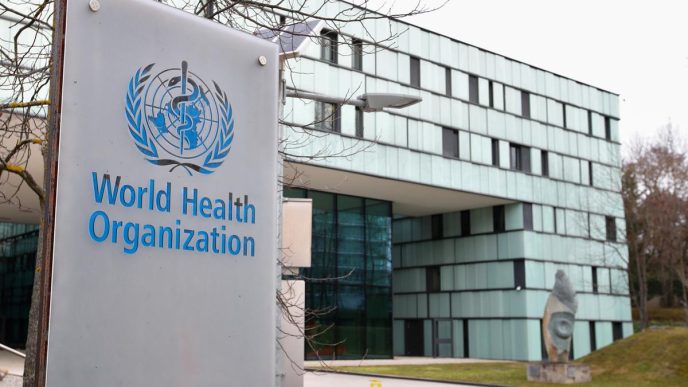Early Years:
It is believed by historians that some 5000 years ago the Kohinoor diamond was mined in the Kollur Mine in the Guntur District of Andhra Pradesh. Early Sanskrit scriptures mention a gem called the “Syamantaka jewel”, which is believed to be the Kohinoor.
In 1304, the diamond went to the kings of Malwa and stayed with them up till 1306 when they were forced to give it to the Kakatiya Empire of Orugallu.
Between 1323 and 1339 the diamond remained with the Delhi Sultanate under Alauddin Khilji and then Muhammad bin Tughlaq, after which it was sent to Samarkand where it stayed for the next 300 years.
In 1526, the diamond was passed on to Babur. It then stayed with the Mughal Empire for 200 years.
Later Years:
In 1739, Nader Shah defeated the Mughal Empire, taking their treasure into his possession along with the diamond. He then took the diamond with him to Persia (Iran) and placed it on his Peacock Throne. It was at this time that he renamed the jewel as “Kohinoor”, meaning mountain of light.
After the assassination of Nader Shah in 1747, the diamond came under his general Ahmad Shah Durrani’s care, whose descendants then brought the journey of the Kohinoor diamond back to India in 1800 when he handed it over to Maharaja Ranjit Singh in Punjab, who was the founder of the Sikh Empire.
In 1849, post the conquest of Punjab by the British, the diamond was confiscated and moved to the reserves of the British East India Company in Lahore.
In 1850, the Kohinoor was taken to Britain, where it was handed over to Queen Victoria by Lord Dalhousie in London. The diamond later became one of the crown jewels of the Queen.
Present Scenario:
Today, the Kohinoor is on display with the Queen of England’s other crown jewels at the Tower of London.
Recently there have been talks between both countries to return the Kohinoor to India, the place of its origin. Whether this will ever happen or not, only time will tell!
